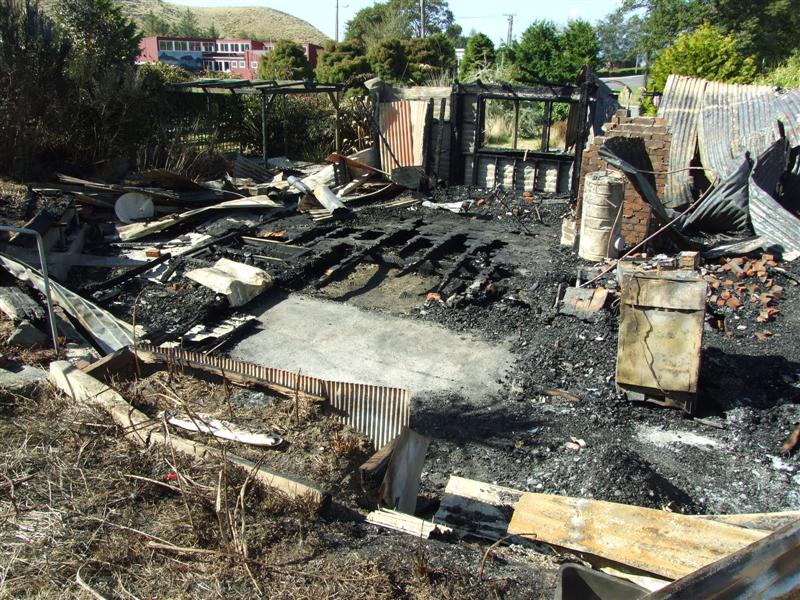In a recent example, a Hamilton builder was alleged to have damaged a ceiling when installing roofing insulation. The homeowner demanded that he pay thousands of dollars to replace it. His insurer said he wasn’t covered because the ceiling was considered the “product” he was working on, which was excluded under their policy.
In fact, most public liability policies from mainstream insurance companies specifically exclude the very things that builders are most likely to need. This includes claims for damage caused by “faulty workmanship” (although resultant damage is covered) and cover for the building they’re working on, two of the most likely liability claims.
Here’s what you can do to avoid getting stung in the same way:
- Read your policy very carefully, paying particular attention to the exclusions
- Ask your broker whether your policy includes faulty workmanship and cover for the building you’re working on
- Get your liability insurance directly from Builtin New Zealand, who specialise in guarantees and insurance for the building industry. Their Public Liability policy includes cover for the building you’re working on, so in this example, the builder would have been covered. You can get a free instant quote and apply online at www.builtininsurance.co.nz
Exclusions for the building you’re working on
If a house that you built or worked on burned down some time later, and the cause was found to be a nail accidentally hammered into an electric cable, the house owner or insurer will probably hold you liable, either as the main contractor or as a subcontractor. In that case, you’d expect your public liability policy to cover you, wouldn’t you? Well, sorry – not so. Most insurers would say the house is the ‘product’ on which you have been working, and general public liability policies exclude cover for the product itself, only covering third-party property. So if the house next door also burned down because the fire spread, you will probably be covered for that, but not for the original house!
Exclusions for faulty workmanship
And what if you are held liable for, say, damaged windows caused by someone using sandpaper on the frames? You’d expect that to be covered by contract works insurance, but again, it probably won’t be, because of ‘faulty workmanship’ exclusions. So the owner will seek recovery from the main contractor and/or subbies on the job at the time. Unfortunately, most public liability policies also exclude liability for faulty workmanship (though usually resultant damage is covered), so no cover again!
Public Liability Insurance especially for builders
- Because Builtin deal only in the building industry, our public liability policy is tailored for builders and tradespeople. It includes (as an extension) a cover for claims of damage caused by faulty workmanship
- It also redefines the “product you’re working on” exclusion so that a building is covered
You can get a free instant quote online at www.builtininsurance.co.nz and apply for immediate cover.
Worried about the cost of legal action if you’re taken to court?
A Tauranga builder had to spend $40,000 on legal fees just to remove himself from a leaky homes court case that he should never have been a part of in the first place. All he’d done was make some repairs to a window that was leaking, and pointed out to the owner that they may have a bigger problem. They then named him as a defendant, even though he hadn’t even built the place!
Builders are increasingly subject to legal action in today’s environment, particularly with claims for leaky homes. The builder is being seen as the easy target in leaky homes cases, the “you built it, so it’s your responsibility” attitude, and many feel like they are guilty until proven innocent. The WHRS is apportioning around 80% of the responsibility and the cost to the builder. Other building professionals, such as architects, designers, surveyors and engineer,s can get professional indemnity insurance to protect them from the costs of legal action, but until recently, builders have never been considered professional enough to get it.
As a builder, you need to start thinking about the next ten years. A lawsuit, even one where the problem was not caused by you, could cost tens of thousands of dollars.
Here are the important points you need to know:
- Because of a recent WHRS decision, the courts have ruled that your limited liability company may not protect you from personal liability anymore. And perhaps a future ruling or law change may mean the assets you’ve put in trust could be targeted too.
- As a builder or project manager, you can now get professional indemnity insurance, called Errors & Omissions (E&O) Indemnity, from Builtin New Zealand, who specialise in guarantees and insurance for the building industry. This will cover your legal bills and damages if you’re taken to court for alleged financial loss.
- Any insurance you take out now won’t cover jobs you’ve already completed, but it will protect you in the future.
Once again, the builder is made to pay
A builder in Rotorua was forced by the WHRS tribunal to rectify weathertightness problems with a house he’d built. The owners had wanted a particular type of cladding, which he told them wasn’t up to spec. They insisted, so he made them find another installer themselves, he wouldn’t have anything to do with it. However, as he was managing the project, he paid the installer when the bill came in. Unfortunately, in the eyes of the tribunal that made him liable, even though he had paperwork to prove he had objected! He has paid tens of thousands in legal costs and damages, which would have been covered by E&O Indemnity.
Errors & Omissions (E&O) Indemnity for builders
- E&O covers your legal costs & damages if you/your company/employees are held responsible for something you did or said (or didn’t do or didn’t say) that has caused a financial loss
- It is the equivalent of professional indemnity insurance that other professionals are able to get, but until now builders have not had access to
The responsibility, and consequently liability, of builders is increasing in response to:
- Changes to The Building Act 2004
- Judgements reducing the protection offered by limited liability companies
- Judgements from the Weathertight Homes Resolution Service
- Leaky homes
- Licensing
- The increase in “no win no fee” lawyers and an increasing willingness by people to use the courts if they’re unhappy with the service they’ve received
E&O is highly recommended for builders worried about their 10 year liability under The Building Act, those doing leaky home remediation and those who are signing off others work as an LBP.



